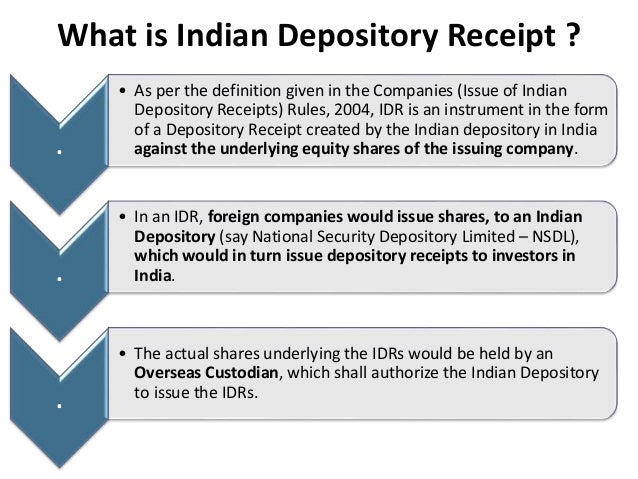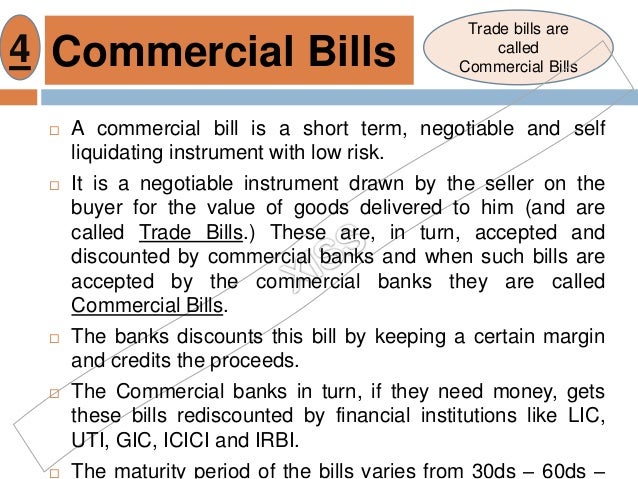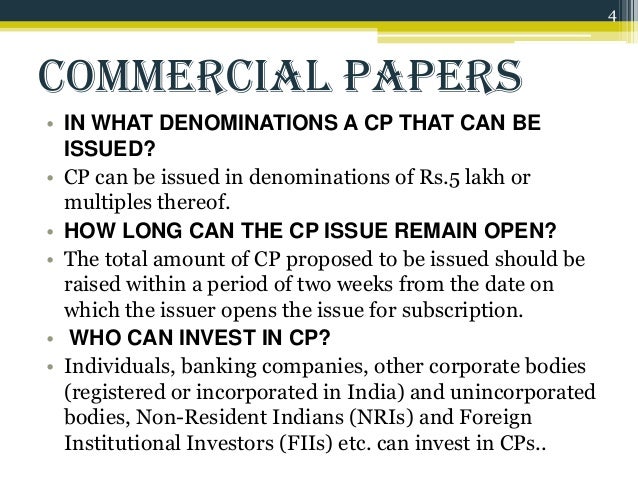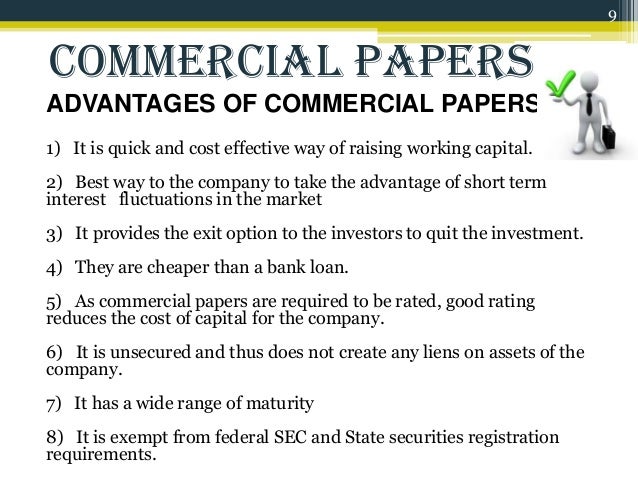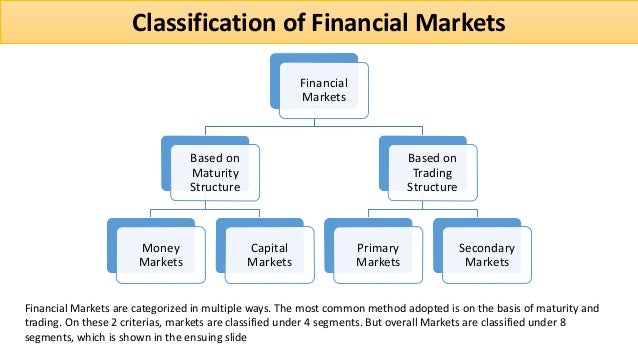The five main legislations governing the securities market are:
(a) the SEBI Act, 1992 which established SEBI to protect investors and develop regulate securities market;
(b) the Companies Act, 1956, which sets out the code of conduct for the corporate sector in relation to issue, allotment and transfer of securities, and disclosures to be made in public issues;
(c) the Securities Contracts (Regulation) Act, 1956, which provides for regulation of transactions in securities through control over stock exchanges;
(d) the Depositories Act, 1996 which provides for electronic maintenance and transfer of ownership of demat securities; and
(e) the Prevention of Money Laundering Act, 2002 which prevents money laundering and provides for confiscation of property derived from or involved in money laundering.
1. Legislations
Capital Issues (Control) Act, 1947: The Act had its origin during the war in 1943 when the objective was to channel resources to support the war effort. It was retained with some
 modifications as a means of controlling the raising of capital by companies and to ensure that national resources were channelled into proper lines, i.e. for desirable purposes to serve goals and priorities of the government, and to protect the interests of investors. Under the Act, any firm wishing to issue securities had to obtain approval from the Central Government, which also determined the amount, type and price of the issue. As a part of the liberalisation process, the Act was repealed in 1992 paving way for market determined allocation of resources.
modifications as a means of controlling the raising of capital by companies and to ensure that national resources were channelled into proper lines, i.e. for desirable purposes to serve goals and priorities of the government, and to protect the interests of investors. Under the Act, any firm wishing to issue securities had to obtain approval from the Central Government, which also determined the amount, type and price of the issue. As a part of the liberalisation process, the Act was repealed in 1992 paving way for market determined allocation of resources.
A] SEBI Act, 1992: The SEBI Act, 1992 was enacted to empower SEBI with statutory powers for
(a) protecting the interests of investors in securities,
(b) promoting the development of the securities market, and
(c) regulating the securities market.
Its regulatory jurisdiction extends over corporates in the issuance of capital and transfer of securities, in addition to all intermediaries and persons associated with securities market. It can conduct enquiries, audits and inspection of all concerned and adjudicate offences under the Act. It has powers to register and regulate all market intermediaries and also to penalise them in case of violations of the provisions of the Act, Rules and Regulations made there under.
SEBI has full autonomy and authority to regulate and develop an orderly securities market.
B) Securities Contracts (Regulation) Act, 1956: It provides for direct and indirect control of virtually all aspects of securities trading and the running of stock exchanges and aims to prevent undesirable transactions in securities. It gives Central Government regulatory jurisdiction over
(a) stock exchanges through a process of recognition and continued supervision,
(b) contracts in securities, and
(c) listing of securities on stock exchanges.
As a condition of recognition, a stock exchange complies with conditions prescribed by Central Government. Organised trading activity in securities takes place on a specified recognised stock exchange. The stock exchanges determine their own listing regulations which have to conform to the minimum listing criteria set out in the Rules.
C) Depositories Act, 1996: The Depositories Act, 1996 provides for the establishment of depositories in securities with the objective of ensuring free transferability of securities with speed, accuracy and security by
(a) making securities of public limited companies freely transferable subject to certain exceptions;
(b) dematerialising the securities in the depository mode; and
(c) providing for maintenance of ownership records in a book entry form.
In order to streamline the settlement process, the Act envisages transfer of ownership of securities electronically by book entry without making the securities move from person to person. The Act has made the securities of all public limited companies freely transferable, restricting the company’s right to use discretion in effecting the transfer of securities, and the transfer deed and other procedural requirements under the Companies Act have been dispensed with.
D) Companies Act, 1956: It deals with issue, allotment and transfer of securities and various aspects relating to company management. It provides for standard of disclosure in public issues of capital, particularly in the fields of company management and projects, information about other listed companies under the same management, and management perception of risk factors. It also regulates underwriting, the use of premium and discounts on issues, rights and bonus issues, payment of interest and dividends, supply of annual report and other information.
E) Prevention of Money Laundering Act, 2002: The primary objective of the Act is to prevent money-laundering and to provide for confiscation of property derived from or involved in money-laundering.
The term money-laundering is defined as whoever acquires, owns, possess or transfers any proceeds of crime; or knowingly enters into any transaction which is related to proceeds of crime either directly or indirectly or conceals or aids in the concealment of the proceeds or gains of crime within India or outside India commits the offence of money laundering.
Besides providing punishment for the offence of money-laundering, the Act also provides other measures for prevention of Money Laundering. The Act also casts an obligation on the intermediaries, banking companies etc to furnish information, of such prescribed transactions to the Financial Intelligence Unit- India, to appoint a principal officer, to maintain certain records etc.
2. Rules Regulations and Regulators
The Government has framed rules under the SCRA, SEBI Act and the Depositories Act. SEBI has framed regulations under the SEBI Act and the Depositories Act for registration and regulation of all market intermediaries, and for prevention of unfair trade practices, insider trading, etc.
Under these Acts, Government and SEBI issue notifications, guidelines, and circulars which
need to be complied with by market participants. The SROs like stock exchanges have also
laid down their rules and regulations.
The absence of conditions of perfect competition in the securities market makes the role of regulator extremely important. The regulator ensures that the market participants behave in a desired manner so that securities market continues to be a major source of finance for corporate and government and the interest of investors are protected.
The responsibility for regulating the securities market is shared by Department of Economic Affairs (DEA), Department of Company Affairs (DCA), Reserve Bank of India (RBI) and SEBI.
The orders of SEBI under the securities laws are appellable before a Securities Appellate Tribunal (SAT)l.
Most of the powers under the SCRA are exercisable by DEA while a few others by SEBI. The
powers of the DEA under the SCRA are also con-currently exercised by SEBI. The powers in
respect of the contracts for sale and purchase of securities, gold related securities, money market securities and securities derived from these securities and ready forward contracts in debt securities are exercised concurrently by RBI. The SEBI Act and the Depositories Act are mostly administered by SEBI. The rules under the securities laws are framed by government and regulations by SEBI. All these are administered by SEBI. The powers under the Companies Act relating to issue and transfer of securities and non-payment of dividend are administered by SEBI in case of listed public companies and public companies proposing to get their securities listed. The SROs ensure compliance with their own rules as well as with the rules relevant for them under the securities laws.
3. Reforms Since 1990s
Corporate Securities Market With the objectives of improving market efficiency, enhancing transparency, preventing unfair trade practices and bringing the Indian market up to international standards, a package of reforms consisting of measures to liberalise, regulate and develop the securities market was introduced. The practice of allocation of resources among different competing entities as well as its terms by a central authority was discontinued. The issuers complying with the eligibility criteria were allowed freedom to issue the securities at market determined rates.
The secondary market overcame the geographical barriers by moving to screen based trading. Trades enjoyed counter-party guarantee. The trading cycle shortened to a day and trades are settled within 2 working days, while all deferral products were banned. Physical security certificates almost disappeared. A variety of derivative products were permitted. The following paragraphs discuss the principal reform measures undertaken since 1992.
a) SEBI Act, 1992: It created a regulator (SEBI), empowered it adequately and assigned it with the responsibility for (a) protecting the interests of investors in securities, (b) promoting the development of the securities market, and (c) regulating the securities market. Its regulatory jurisdiction extends over corporates in the issuance of capital and transfer of securities, in addition to all intermediaries and persons associated with securities market. All market intermediaries are registered and regulated by SEBI. They are also required to appoint a compliance officer who is responsible for monitoring compliance with securities laws and for redressal of investor grievances. The courts have upheld the powers of SEBI to impose monetary penalties and to levy fees from market intermediaries.
Enactment of SEBI Act is the first attempt towards integrated regulation of the securities market. SEBI was given full authority and jurisdiction over the securities market under the Act, and was given concurrent/delegated powers for various provisions under the Companies Act and the SC(R)A. Many provisions in the Companies Act having a bearing on securities market are administered by SEBI.
The Depositories Act, 1996 is also administered by SEBI.
b) SEBI Issue of Capital and Disclosure Requirements (ICDR) Regulations 2009
The SEBI (Issue of Capital and Disclosure Requirements) Regulation, 2009. are applicable for public issue; rights issue, preferential issue; an issue of bonus shares by a listed issuer; qualified institutions placement by a listed issuer and issue of Indian Depository Receipts.
The issuer should appoint one or more merchant bankers, at least one of whom should be a lead merchant banker. The issuer should also appoint other intermediaries, in consultation with the lead merchant banker, to carry out the obligations relating to the issue. The issuer should in consultation with the lead merchant banker, appoint only those intermediaries which are registered with SEBI. Where the issue is managed by more than one merchant banker, the rights, obligations and responsibilities, relating inter alia to disclosures, allotment, refund and underwriting obligations, if any, of each merchant banker should be predetermined and disclosed in the offer document. The issuer determines the price of the equity shares and convertible securities in consultation with the lead merchant banker or through the book building process. In case of debt instruments, the issuer determines the coupon rate and conversion price of the convertible debt instruments in consultation with the lead merchant banker or through the book building process.
c) Screen Based Trading: The trading on stock exchanges in India used to take place through open outcry without use of information technology for immediate matching or recording of trades. This was time consuming and inefficient. This imposed limits on trading volumes and efficiency.
In order to provide efficiency, liquidity and transparency, NSE introduced a nationwide on-line fully-automated screen based trading system (SBTS) where a member can punch into the computer quantities of securities and the prices at which he likes to transact and the transaction is executed as soon as it finds a matching sale or buy order from a counter party.
SBTS electronically matches orders on a strict price/time priority and hence cuts down on time, cost and risk of error, as well as on fraud resulting in improved operational efficiency. It allows faster incorporation of price sensitive information into prevailing prices, thus increasing the informational efficiency of markets. It enables market participants to see the full market on real-time, making the market transparent. It allows a large number of participants, irrespective of their geographical locations, to trade with one another simultaneously, improving the depth and liquidity of the market. It provides full anonymity by accepting orders, big or small, from members without revealing their identity, thus providing equal access to everybody. It also provides a perfect audit trail, which helps to resolve disputes by logging in the trade execution process in entirety. This diverted liquidity from other exchanges and in the very first year of its operation, NSE became the leading stock exchange in the country, impacting the fortunes of other exchanges and forcing them to adopt SBTS also. As a result, manual trading disappeared from India. Technology was used to carry the trading platform to the premises of brokers.
NSE carried the trading platform further to the PCs in the residences of investors through the Internet and to hand-held devices through WAP for convenience of mobile investors. This made a huge difference in terms of equal access to investors in a geographically vast country like India.
d) Trading Cycle: The trades accumulated over a trading cycle and at the end of the cycle, these were clubbed together, and positions were netted out and payment of cash and delivery of securities settled the balance. This trading cycle varied from 14 days for specified securities to 30 days for others and settlement took another fortnight. Often this cycle was not adhered to. Many things could happen between entering into a trade and its performance providing incentives for either of the parties to go back on its promise. This had on several occasions led to defaults and risks in settlement. In order to reduce large open positions, the trading cycle was reduced over a period of time to a week. The exchanges, however, continued to have different weekly trading cycles, which enabled shifting of positions from one exchange to another. Rolling settlement on T+5 basis was introduced in respect of specified scrips reducing the trading cycle to one day. It was made mandatory for all exchanges to follow a uniform weekly trading cycle in respect of scrips not under rolling settlement. All scrips moved to rolling settlement from December 2001. T+5 gave way to T+3 from April 2002 and T+2 since April 2003. The market also had a variety of deferral products like modified carry forward system, which encouraged leveraged trading by enabling postponement of settlement.
The deferral products have been banned. The market has moved close to spot/cash market.
e) Derivatives Trading: To assist market participants to manage risks better through hedging, speculation and arbitrage, SC(R)A was amended in 1995 to lift the ban on options in securities. However, trading in derivatives did not take off, as there was no suitable legal and regulatory framework to govern these trades. Besides, it needed a lot of preparatory work- the underlying cash markets strengthened with the assistance of the automation of trading and of the settlement system; the exchanges developed adequate infrastructure and the information systems required to implement trading discipline in derivative instruments.
The SC(R)A was amended further in December 1999 to expand the definition of securities to include derivatives so that the whole regulatory framework governing trading of securities could apply to trading of derivatives also. A three-decade old ban on forward trading, which had lost its relevance and was hindering introduction of derivatives trading, was withdrawn and derivatives trading took off in June 2000.
The Mini derivative Futures & Options contract was introduced for trading on CNX Nifty on January 1, 2008 while the long term option contracts on CNX Nifty were introduced for trading on March 3, 2008.
f) Demutualisation: Historically, brokers owned, controlled and managed stock exchanges. In case of disputes, the self often got precedence over regulations leading inevitably to conflict of interest. The regulators, therefore, focused on reducing dominance of members in the management of stock exchanges and advised them to reconstitute their governing councils to provide for at least 50% non-broker representation. This did not materially alter the situation.
In face of extreme volatility in the securities market, Government proposed in March 2001 to corporatize the stock exchanges by which ownership, management and trading membership would be segregated from one another. Government offered a variety of tax incentives to facilitate corporatisation and demutualization of stock exchanges.
NSE, however, adopted a pure demutualised governance structure where ownership, management and trading are with three different sets of people. This completely eliminated any conflict of interest and helped NSE to aggressively pursue policies and practices within a public interest (market efficiency and investor interest) framework. Currently, there are 19 demutualised stock exchanges.
g) Depositories Act: The earlier settlement system on Indian stock exchanges gave rise to settlement risk due to the time that elapsed before trades are settled. Trades were settled by physical movement of paper. This had two aspects.
First, the settlement of trade in stock exchanges by delivery of shares by the seller and payment by the purchaser. The stock exchange aggregated trades over a period of time to carry out net settlement through the physical delivery of securities. The process of physically moving the securities from the seller to the ultimate buyer through the seller’s broker and buyer’s broker took time with the risk of delay somewhere along the chain.
The second aspect related to transfer of shares in favour of the purchaser by the company. The system of transfer of ownership was grossly inefficient as every transfer involved physical movement of paper securities to the issuer for registration, with the change of ownership being evidenced by an endorsement on the security certificate. In many cases the process of transfer took much longer, and a significant proportion of transactions ended up as bad delivery due to faulty compliance of paper work.
Theft, forgery, mutilation of certificates and other irregularities were rampant, and in addition the issuer had the right to refuse the transfer of a security. All this added to costs, and delays in settlement, restricted liquidity and made investor grievance redressal time consuming and at times intractable.
To obviate these problems, the Depositories Act, 1996 was passed to provide for the establishment of depositories in securities with the objective of ensuring free transferability of securities with speed, accuracy and security by
(a) making securities of public limited companies freely transferable subject to certain exceptions;
(b) dematerialising the securities in the depository mode; and
(c) providing for maintenance of ownership records in a book entry form.
In order to streamline both the stages of settlement process, the Act envisages transfer of ownership of securities electronically by book entry without making the securities move from person to person. In order to promote dematerialisation, the regulator mandated trading and settlement in demat form in an ever-increasing number of securities in a phased manner. The stamp duty on transfer of demat securities was waived. Two depositories, namely, NSDL and CDSL, came up to provide instantaneous electronic transfer of securities. All actively traded scrips are held, traded and settled in demat form. Demat settlement accounts for over 99% of turnover settled by delivery. This has almost eliminated the bad deliveries and associated problems.
To prevent physical certificates from sneaking into circulation, it is mandatory for all IPOs to be compulsorily traded in dematerialised form. The admission to a depository for dematerialisation of securities has been made a prerequisite for making a public or rights issue or an offer for sale. It has also been made compulsory for public listed companies making IPO of any security for Rs.10 crore or more to do the same only in dematerialised form.

